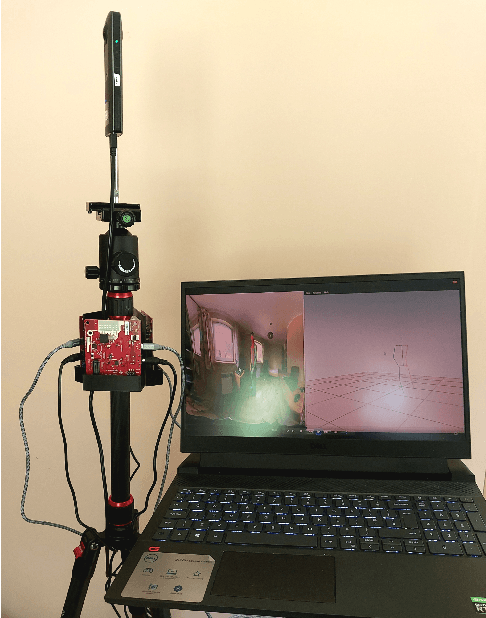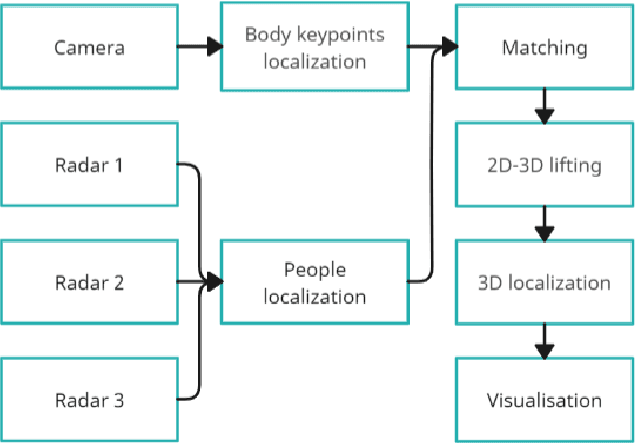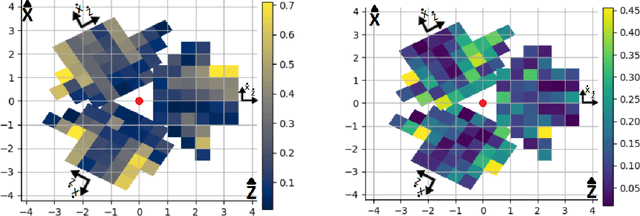Pawel Knap
Human Modelling and Pose Estimation Overview
Jun 27, 2024Abstract:Human modelling and pose estimation stands at the crossroads of Computer Vision, Computer Graphics, and Machine Learning. This paper presents a thorough investigation of this interdisciplinary field, examining various algorithms, methodologies, and practical applications. It explores the diverse range of sensor technologies relevant to this domain and delves into a wide array of application areas. Additionally, we discuss the challenges and advancements in 2D and 3D human modelling methodologies, along with popular datasets, metrics, and future research directions. The main contribution of this paper lies in its up-to-date comparison of state-of-the-art (SOTA) human pose estimation algorithms in both 2D and 3D domains. By providing this comprehensive overview, the paper aims to enhance understanding of 3D human modelling and pose estimation, offering insights into current SOTA achievements, challenges, and future prospects within the field.
Improving Real-Time Omnidirectional 3D Multi-Person Human Pose Estimation with People Matching and Unsupervised 2D-3D Lifting
Mar 14, 2024



Abstract:Current human pose estimation systems focus on retrieving an accurate 3D global estimate of a single person. Therefore, this paper presents one of the first 3D multi-person human pose estimation systems that is able to work in real-time and is also able to handle basic forms of occlusion. First, we adjust an off-the-shelf 2D detector and an unsupervised 2D-3D lifting model for use with a 360$^\circ$ panoramic camera and mmWave radar sensors. We then introduce several contributions, including camera and radar calibrations, and the improved matching of people within the image and radar space. The system addresses both the depth and scale ambiguity problems by employing a lightweight 2D-3D pose lifting algorithm that is able to work in real-time while exhibiting accurate performance in both indoor and outdoor environments which offers both an affordable and scalable solution. Notably, our system's time complexity remains nearly constant irrespective of the number of detected individuals, achieving a frame rate of approximately 7-8 fps on a laptop with a commercial-grade GPU.
 Add to Chrome
Add to Chrome Add to Firefox
Add to Firefox Add to Edge
Add to Edge